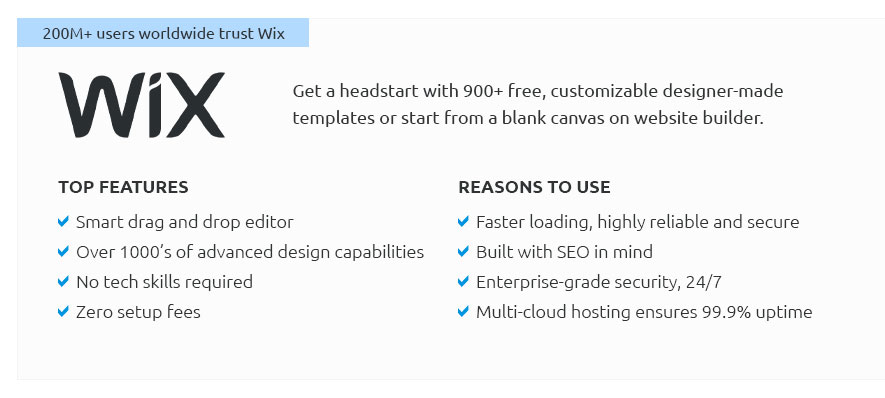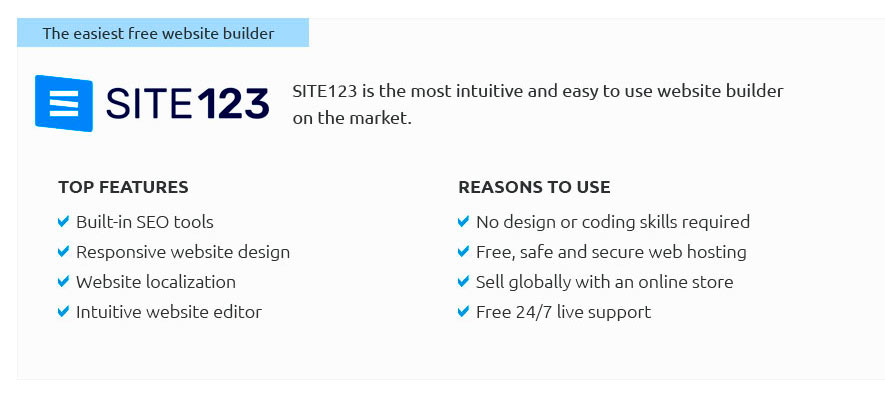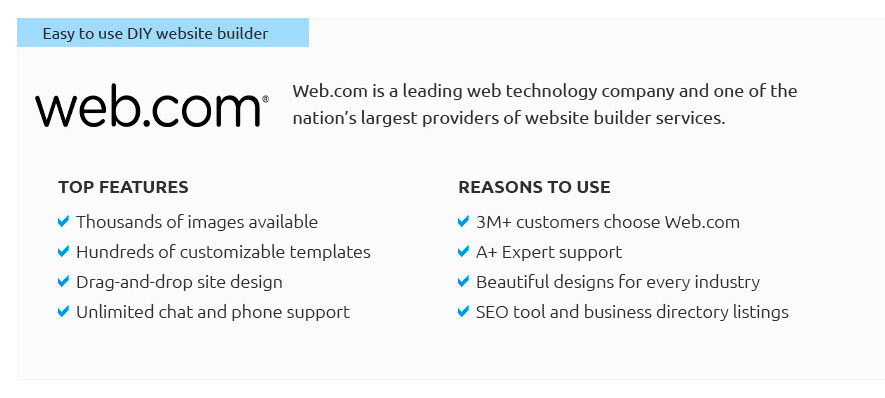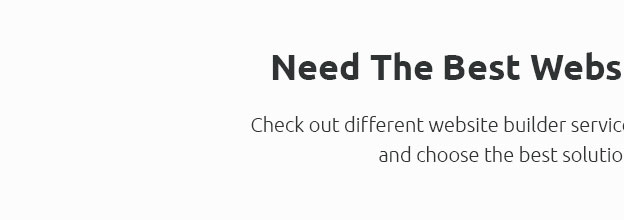 |
 |
 |
 |
|
 |
 |
 |
|
 |
|
 |
 |
|
 |
|
 |
|
 |
 |
Starting a Website for Your Business: A Complete Beginner’s GuideIn today’s digital age, establishing an online presence is not just an option but a necessity for businesses aiming to thrive in a competitive market. Whether you run a cozy local shop or a budding enterprise, a website can be a powerful tool to reach a broader audience. But where do you begin? Understanding the Basics Firstly, it’s important to grasp the fundamental components of a website. At its core, a website is a collection of web pages that are accessed through the internet. These pages can host a variety of content, from text and images to videos and interactive elements. The primary goal of your business website should be to effectively communicate what you offer and why potential customers should choose you over competitors. Planning Your Website Before diving into the technical aspects, spend some time planning. Consider your website’s purpose and audience. Are you looking to sell products online, provide information, or perhaps offer services? Knowing your target audience will guide your design and content choices. A well-thought-out plan can save you time and resources in the long run. Choosing a Domain Name Your domain name is essentially your website’s address on the internet. It should be memorable, easy to spell, and reflective of your brand. It’s often beneficial to keep it short and avoid using numbers or hyphens, which can be confusing for users. Additionally, securing a domain name with a popular extension like .com can add credibility to your business. Selecting a Web Hosting Provider Web hosting is the service that allows your website to be accessible on the internet. There are numerous hosting providers out there, each offering a variety of plans. When choosing a host, consider factors such as reliability, speed, security, and customer support. It’s also crucial to select a hosting plan that aligns with your business needs and budget. Designing Your Website Design plays a critical role in how users perceive your brand. A professional, easy-to-navigate design can enhance user experience and encourage engagement. If you’re not a designer, many platforms offer templates that can be customized to fit your brand’s aesthetic. WordPress and Squarespace, for example, provide user-friendly options for those new to website creation. Creating Compelling Content Content is king when it comes to websites. The information you provide should be relevant, engaging, and optimized for search engines (SEO). This not only helps in attracting visitors but also in converting them into customers. Regularly updating your content can also improve your website’s ranking on search engine results pages. Launching Your Website Once you’re satisfied with your website’s design and content, it’s time to launch. Before going live, ensure that everything works smoothly, from links to forms and payment systems if applicable. It’s wise to conduct thorough testing across different devices and browsers to ensure compatibility and functionality. Maintaining Your Website The work doesn’t stop after launching your site. Regular maintenance is essential to keep your website running efficiently. This includes updating software, backing up data, and continuously optimizing for SEO. Monitoring your website’s analytics can provide insights into user behavior and help you make informed decisions for future improvements. Conclusion In conclusion, starting a website for your business is a journey that requires thoughtful planning and execution. While the process may seem daunting at first, breaking it down into manageable steps can make it more approachable. By investing time and resources into your online presence, you can unlock new opportunities for growth and success in the digital marketplace. https://www.forbes.com/advisor/business/how-to-make-a-website-for-your-business/
Home. Often called a landing page, this is the first page visitors see of your website. About Us. Tells the story of your company. Make the ... https://www.squarespace.com/
Find an ecommerce template and start your free trial. - Register or transfer your business's domain name. - Set up your online store by adding products and ... https://www.shopify.com/blog/how-to-create-a-website-for-my-business
Here's a step-by-step guide for how to build a great website for your business, with no coding experience required.
|